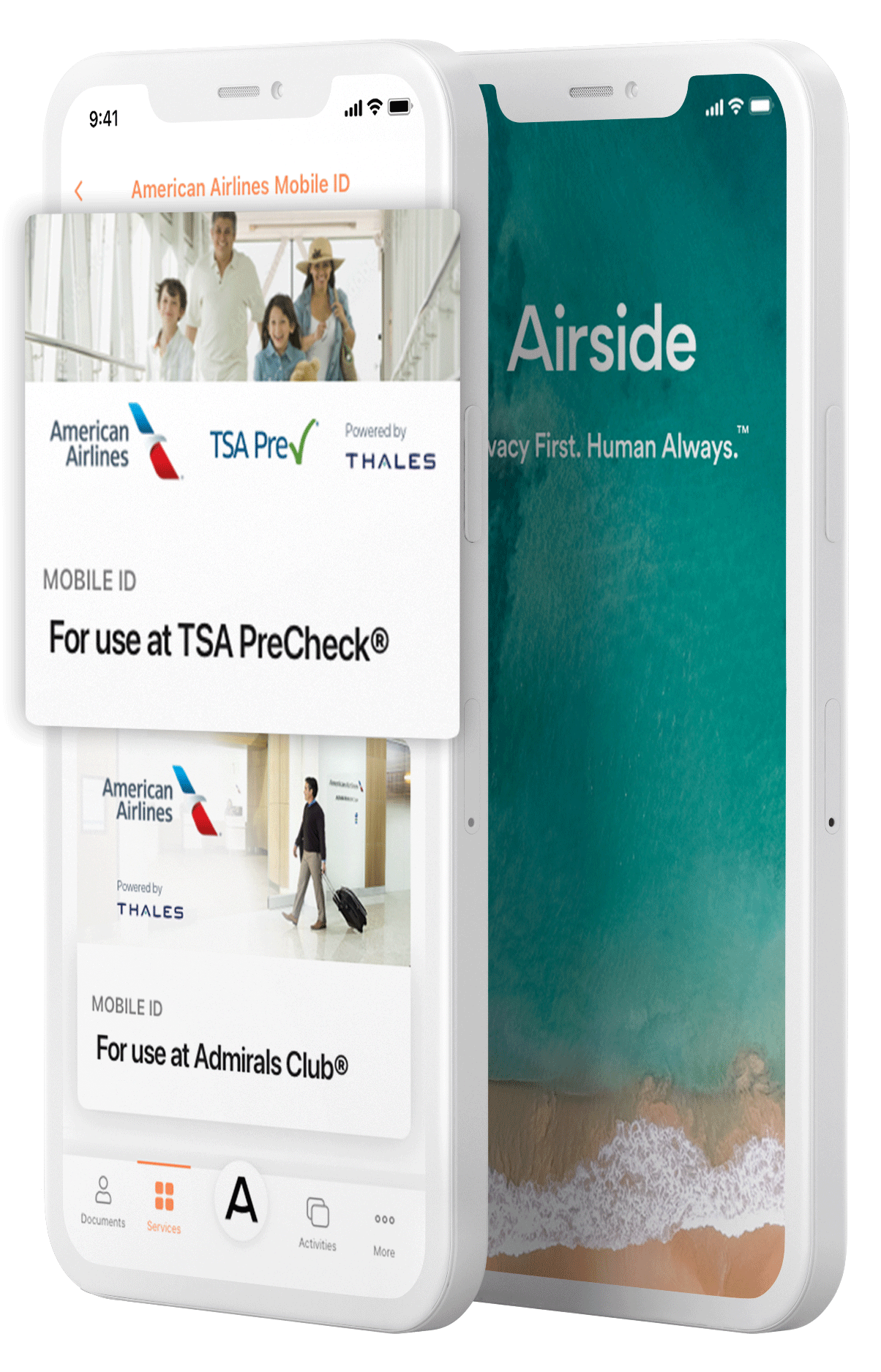Transcript: World Aviation Festival 2022; Prioritizing Privacy for Digital Identities – Oct 5, 2022

Adam Tsao: I’d like to talk about digital identity and the need for privacy: what’s here today and what we can do with legacy systems, and what existing IDs do we have that can move us to the next phase of biometric identity?
By a show of hands, how many people went through a biometric system to get into this country (The Netherlands)? Did you go through e-gates? Did you use some form of FaceID on your phone? Now, let’s go broader. How many people have given their fingerprints at Disney World? How many people have had law enforcement go through their Facebook accounts? Our digital identity can get provocative, right?
What I want to talk about is how our identity is part of our humanity, and how we have really powerful technology to help us use our identity to access services. However, this technology can be dangerous. We, at Airside, have built a system that is all about you, that’s all about the person taking back control of their own digital identity.
Think about your driver’s license or your passport. In the past, the only way to prove your identity was by physically handing that document to somebody. You were in possession of your document until you handed it over for an analog collection of your data. Today, U.S. Customs and Border Protection (CBP), for instance, transmits your data – your facial biometrics – to the airlines’ entry system.
Think about your favorite social media platforms and web browsers and how little control you’ve had in handing over your identity attributes, which includes all of your preferences and affiliations as well as information required for verification purposes. We’ve lost control of our own digital identity, but can get it back. That’s why we created Airside.
We created a system where the user is always in control of their own information. We give the user the opportunity to choose their identity information, verify it against the issuing authorities, safeguard it on an app on their phone (not on the operating system), and give them a secure means to share it with an airline and government. And, all the while, they can see who is using what pieces of the data and how it’s being used.
Every transaction of that sensitive data has an individual encryption. Airside has never seen any information. We can’t mine it, we can’t sell it, we can’t do anything with it. What if law enforcement comes to us? We can’t share it because we can’t decrypt it.
When we think about what the aviation industry needs – or, what anyone needs when trying to verify identities – there are three basic questions: (1) are you who you say you are? (2) Do you have a right? and (3) Are you a risk? Traditionally, we’ve used analog ways to say, “I hold my passport, therefore this is my identity document,” or “I have a ticket, therefore, I have the right to board my plane,” or “My name is in a database, and therefore I can have a mortgage on my house.”
When you take digital identity and you bind it to the individual’s biometric, you have the ability to answer all three of those questions at the same time, with more certainty, with more trust, at a lower cost, and at a greater speed. Great! But, the problem remains that you may have participated in a system where your biographics and biometrics are open to a host of parties, if not made public. How do you make sure that system is protected from the start and works interoperably across the industry and as a community?
One of the things that we believe at Airside is that you can’t solve the problem just by adding a new process in the midst of an operation. Your identity is yours regardless of whether you’re online or going to the airport, going through security, or getting a mortgage. You have to be able to use that same identity throughout the entire ecosystem. To protect it you have to know that whomever you’re sharing your information with is going to hold it at the same level of care that you would want them to or that you would do for yourself.
I bring all this up because this can be done today; this can be done with existing technology to use existing systems and work in reality.
We’re now working with American Airlines and the Transportation Security Administration (TSA) to do just this. We launched our digital identity app and are the first non-government-derived identity that has been approved by the U.S. government for the purpose of security. We started at the security checkpoints at Dallas Fort Worth International Airport (DFW) and our service will be introduced at 10 other airports in the next year.
In our first month of operation, we had 15,000 people create their digital identity for use at the TSA checkpoint. On average, our transaction time is half of what the normal travel document check is. We’re providing a higher level of surety to the government and the number of false reads and operational problems associated with reading that document is down almost 99%.
The power of a mobile, digital identity is obvious. What we’ve done is create a system that works throughout all phases of the journey. Your digital ID can work on all mobile phones – Android and iOS. You can present yourself – your document, your credential – to several legacy systems at once to make the whole travel experience work seamlessly.
For this phase, we worked with our partners: American Airlines, TSA, Thales, and DFW. For other parts of our digital identity services, we’re also partnered with Materna IPS, Tascent, and Vision-Box.
Ultimately, the ubiquity of digital identity must allow the individual to enroll their documents with their consent, verify their information – whether it’s our Airside digital ID, or an Apple ID, or a new DTC – and, give the individual the ability to control it and share it across the entire system.
We’re obviously a travel-focused community here at World Aviation Festival. When you think about your digital identity you realize how you use your credentials for travel more than all other use cases combined. The costs associated with digital identity in other industries are at a high price point. Other verticals can handle $2, $5, $20 per identity check. We’ve created a high-assurance identity with a high level of trust that can be reused throughout the entire travel journey, at a fraction of the cost. It’s critical because we, in this room, are moving the tip of the spear as to where digital identity is going, and we have to be responsible for what’s going to happen as this starts to expand. Thank you.






